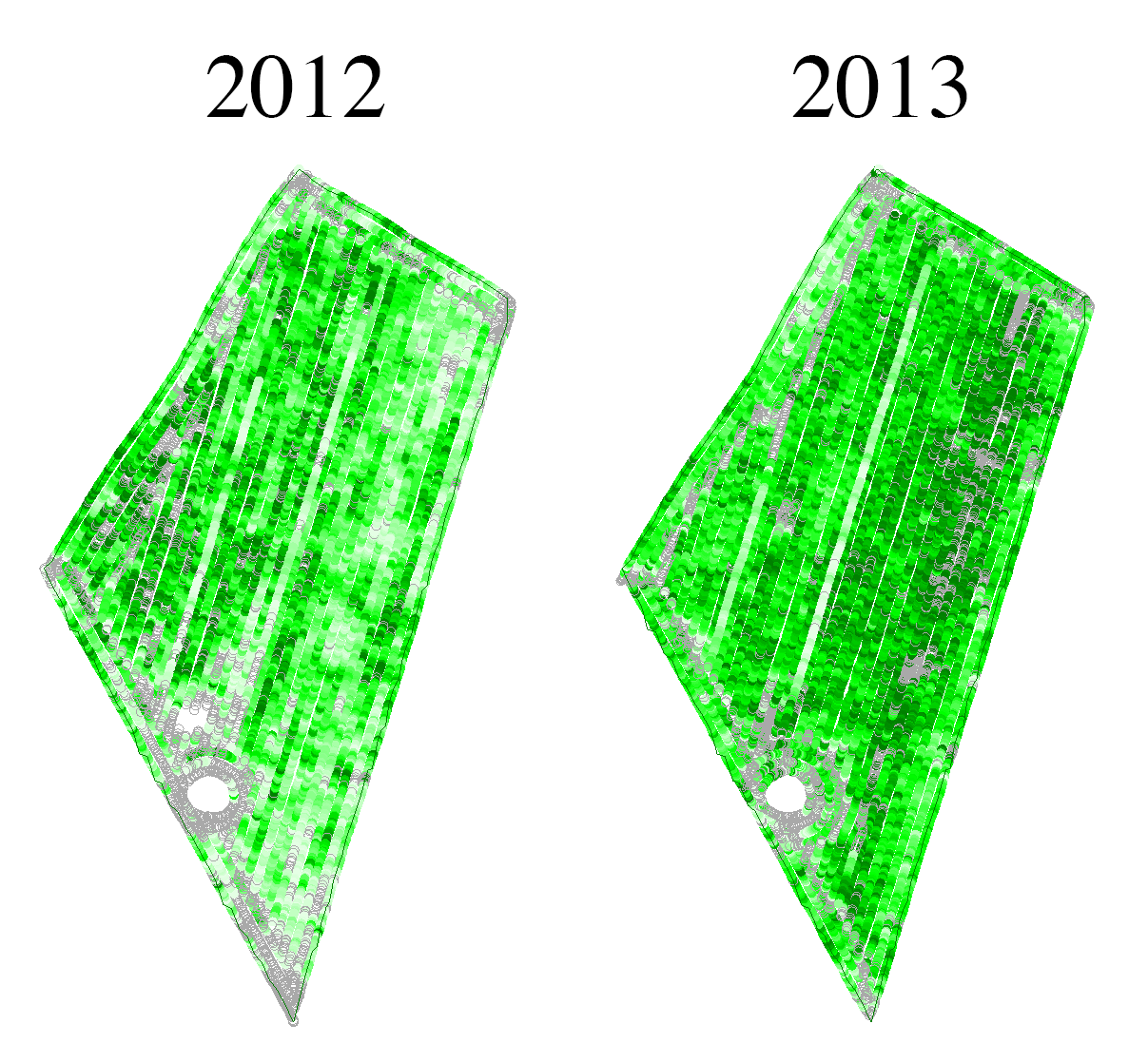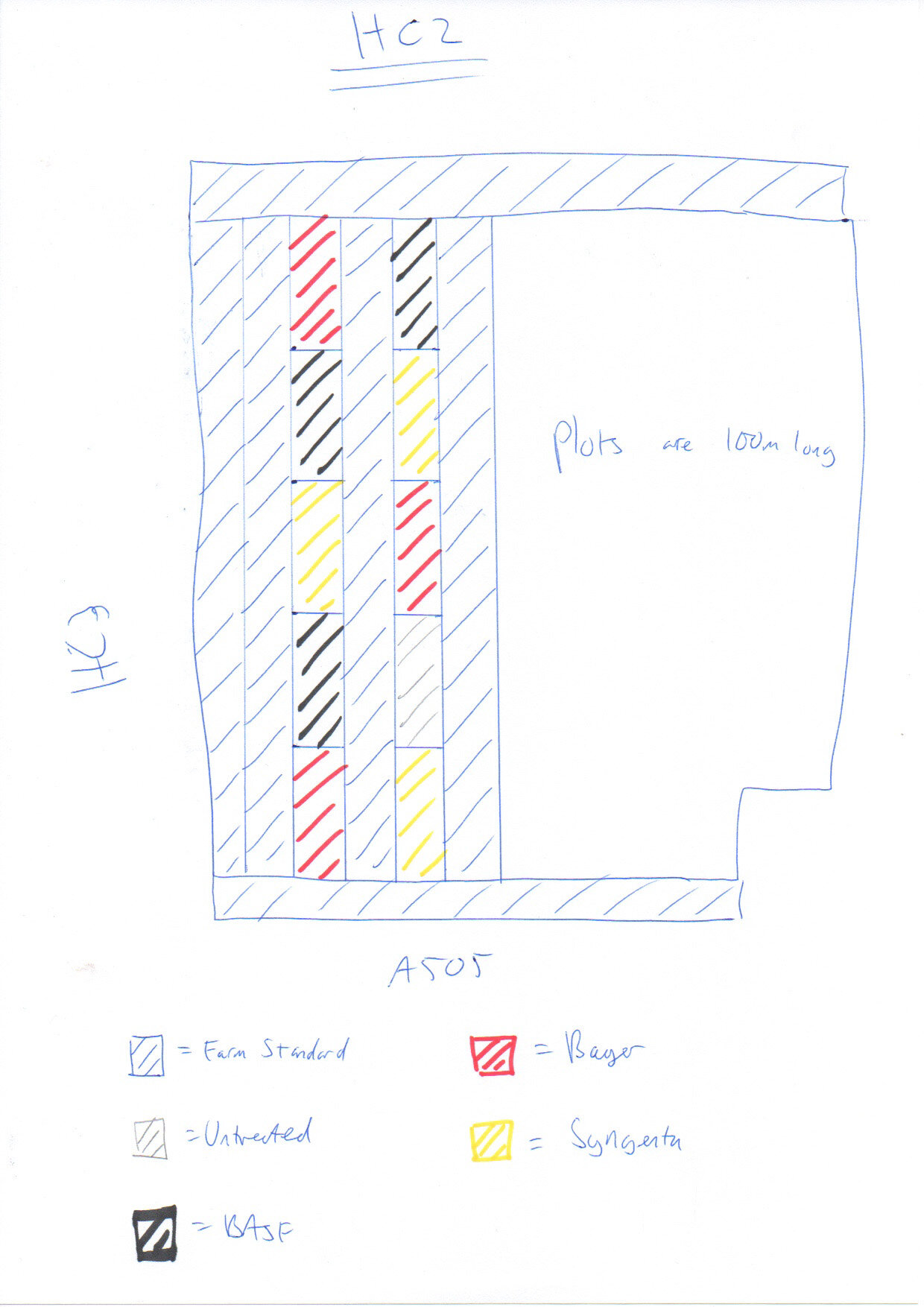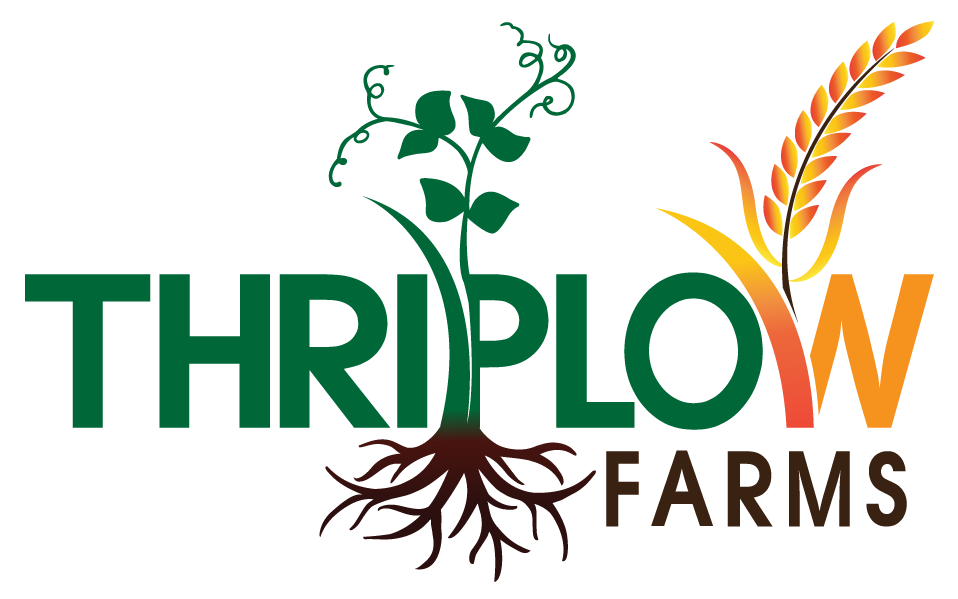Real Real Results
Last year, there was what I thought to be a pretty good advertising campaign by BASF (an agrochemical company), called BASF Real Results. This all started after a friend of mine started a little trial on his own farm to see if the top-of-the-range treatment recommended by BASF made him more money than his standard farm practice. It turned out that, in this trial, the BASF products did actually make sense to use, and so the campaign was born from the idea that real farmers could tell other real farmers what worked best for them, on their own farms with their own soil types. Nifty - and quite convincing.This year, BASF have rolled out the idea to a wider audience, and asked for 50 new farmers to volunteer to be sent some free fungicides, and do the trials on their farm. I thought this sounded like a good idea as well, so investigated further. After a bit of digging I came to the conclusion that, no, actually I don't think it does what it's supposed to do. I didn't want to take part. Here's the problem.The philosophy of these trials is that they are "real world", which means they use big plots, or even just fields split in two. These get cut separately, and weighed, and the results are taken from that. Big areas like this have some advantages over small plots, chiefly that they can be relatively easily managed by farmers with farm scale equipment. Unfortunately, they have a serious flaw, which is that by taking such a small number of samples (normally two in this case), you are relying entirely on the underlying soil in the field to be exactly th same, so that the only factor which may cause the yield to change is the fungicide treatment that you've fiddled with. This, in my mind, is impossible. Take a look at these yield maps from our combine: This is a fairly extreme example, but it makes the point. If you took the 2012 yield maps as being what the field was like, the western half is obviously better. If you only looked at 2013 you would say it's clearly the eastern half which is best. If I was running a split field trial on this field in 2017, and one side yielded more than the other, how would I know if that was due to the fungicides, or to something else unknown? The simple answer is that there is no way of knowing this, and the only way to get around the problem is by taking a larger number of samples from around the field, and averaging them out. This is the way trials are run professionally, and for good reason. The more samples you have, the more accurate your results will be, from a statistical point of view.Now, I hear BASF and ADAS cry, we have thought of that. Indeed they have, because there's a great idea called Agronōmics which is designed to get around this. Remember the 50 farms that have been selected to take part in the Real Results trial? This is where the sample number comes from; each farm may or may not get an accurate result, but bundle all 50 together, and average them out, and then you get something with statistical value. I don't have any problem with this, in fact it's a great idea. But it does make a mockery of the supposed idea of the trial, which is that farmers get a real idea of what works on their farm. If you are one part of a large sample set, you'll never know if you are the outlier, or a good data point. That's why I didn't (selfishly) want to waste my time doing it.But I did still want to know what works here, so together with BASF and The Farming Forum, we have devised a more detailed experiment, which I feel a bit more comfortable in conducting with the aim of having usable results for myself. It doesn't just include BASF, we also have trials with Syngenta, Bayer, and an untreated plot. It doesn't just use the combine yield monitor, we also have a plot combine coming to take multiple samples. It doesn't just take place on one field with one variety, there are two locations, with two varieties. It doesn't just mean me getting one set of freebies, it also...well, you get the picture.The basic outline is the same as the other 50 farmers, we use farm standard sprays at T0 and T3 (that's the first and last fungicide applications), but for T1 and T2 we will be putting on farm standard, BASF, Bayer, Syngenta & nothing at all. There are three replications of each treatment, except for the untreated, which only has one for fun. the plots are 30x100m in size, and the trials look something like this:
This is a fairly extreme example, but it makes the point. If you took the 2012 yield maps as being what the field was like, the western half is obviously better. If you only looked at 2013 you would say it's clearly the eastern half which is best. If I was running a split field trial on this field in 2017, and one side yielded more than the other, how would I know if that was due to the fungicides, or to something else unknown? The simple answer is that there is no way of knowing this, and the only way to get around the problem is by taking a larger number of samples from around the field, and averaging them out. This is the way trials are run professionally, and for good reason. The more samples you have, the more accurate your results will be, from a statistical point of view.Now, I hear BASF and ADAS cry, we have thought of that. Indeed they have, because there's a great idea called Agronōmics which is designed to get around this. Remember the 50 farms that have been selected to take part in the Real Results trial? This is where the sample number comes from; each farm may or may not get an accurate result, but bundle all 50 together, and average them out, and then you get something with statistical value. I don't have any problem with this, in fact it's a great idea. But it does make a mockery of the supposed idea of the trial, which is that farmers get a real idea of what works on their farm. If you are one part of a large sample set, you'll never know if you are the outlier, or a good data point. That's why I didn't (selfishly) want to waste my time doing it.But I did still want to know what works here, so together with BASF and The Farming Forum, we have devised a more detailed experiment, which I feel a bit more comfortable in conducting with the aim of having usable results for myself. It doesn't just include BASF, we also have trials with Syngenta, Bayer, and an untreated plot. It doesn't just use the combine yield monitor, we also have a plot combine coming to take multiple samples. It doesn't just take place on one field with one variety, there are two locations, with two varieties. It doesn't just mean me getting one set of freebies, it also...well, you get the picture.The basic outline is the same as the other 50 farmers, we use farm standard sprays at T0 and T3 (that's the first and last fungicide applications), but for T1 and T2 we will be putting on farm standard, BASF, Bayer, Syngenta & nothing at all. There are three replications of each treatment, except for the untreated, which only has one for fun. the plots are 30x100m in size, and the trials look something like this: We have two fields in the trial:HC 2Soil type: chalky sandy loam - probably the least productive field on the farmVariety: KWS Crispin - very good intrinsic disease resistanceYield potential: 7-9t/haFarm standard T1 treatment: 0.8l/ha Keystone, 1l/ha CTL, 1l/ha CCC, 0.165l/ha Scitec, 7.5kg/ha BittersaltzStocks 3Soil type: chalky clay loam - in the top third of of fields for average yieldVariety: Reflection - poor natural disease resistance, but our best yielder in 2016Yield potential: 9-11t/haFarm standard T1 treatment: 1.25l/ha Adexar, 1l/ha CTL, 1l/ha CCC, 0.2l/ha ModdusOn both of these fields, the farm standard fungicides will be substituted for the following,BASF: 1l/ha Adexar, 1l/ha CTLBayer: 1l/ha Aviator 235 Xpro, 1l/ha CTLSyngenta: 0.8l/ha Seguris, 1l/ha CTLI'm quite looking forward to taking these all to yield, as I really believe it could effect our thinking for the future, especially as we have the mix of good fields, bad fields, good (disease resistance) varieties, and less good ones. And hopefully, because of how it's designed, it really will be Real Real Results.
We have two fields in the trial:HC 2Soil type: chalky sandy loam - probably the least productive field on the farmVariety: KWS Crispin - very good intrinsic disease resistanceYield potential: 7-9t/haFarm standard T1 treatment: 0.8l/ha Keystone, 1l/ha CTL, 1l/ha CCC, 0.165l/ha Scitec, 7.5kg/ha BittersaltzStocks 3Soil type: chalky clay loam - in the top third of of fields for average yieldVariety: Reflection - poor natural disease resistance, but our best yielder in 2016Yield potential: 9-11t/haFarm standard T1 treatment: 1.25l/ha Adexar, 1l/ha CTL, 1l/ha CCC, 0.2l/ha ModdusOn both of these fields, the farm standard fungicides will be substituted for the following,BASF: 1l/ha Adexar, 1l/ha CTLBayer: 1l/ha Aviator 235 Xpro, 1l/ha CTLSyngenta: 0.8l/ha Seguris, 1l/ha CTLI'm quite looking forward to taking these all to yield, as I really believe it could effect our thinking for the future, especially as we have the mix of good fields, bad fields, good (disease resistance) varieties, and less good ones. And hopefully, because of how it's designed, it really will be Real Real Results.
